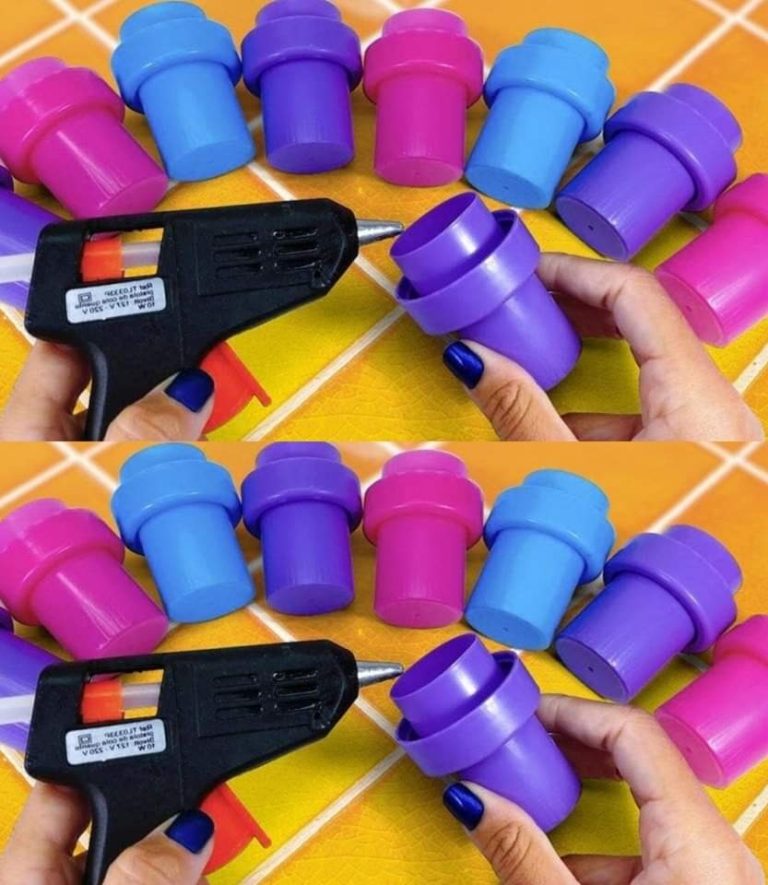ADVERTISEMENT
Sure! Here’s an informative and engaging article based on your prompt:
How Are Detergent Stoppers Recycled? ♻️
We use them daily without thinking twice — those plastic detergent stoppers that seal the lids of laundry detergent bottles. But have you ever wondered what happens to them once you’re done with your detergent and ready to toss the bottle? Are these stoppers recyclable? And if so, how are they recycled?
In this article, we’ll break down the process of recycling detergent stoppers and explain how they contribute to a more sustainable world.
🔄 Are Detergent Stoppers Recyclable?
Good news! Yes, detergent stoppers are indeed recyclable in most places. However, like many other plastic products, their recyclability depends on the type of plastic they’re made from, and the local recycling program’s rules.
Most detergent stoppers are made from #2 HDPE (High-Density Polyethylene) or #5 PP (Polypropylene) plastic, which are both highly recyclable. However, some brands may use a mix of plastics, or add additional components like rubber seals or metal springs, which could complicate the recycling process.
🛠️ The Recycling Process: What Happens to Detergent Stoppers?
Step 1: Collection and Sorting
Once detergent bottles and their stoppers are placed in the recycling bin, they go through a sorting facility. The first step is to separate plastics from other recyclables (like paper and glass). At this stage, detergent stoppers are typically sorted with other plastics.
Step 2: Cleaning and Shredding
Before they can be recycled, the plastic stoppers need to be thoroughly cleaned. This removes any detergent residue, dirt, or labels. Some facilities use powerful machines that wash the plastics in soapy water before sending them to shredders.
After cleaning, the detergent stoppers (and other plastic items) are shredded into small pieces. These pieces are easier to handle and can be melted down during the recycling process.
Step 3: Melting and Reformation
The shredded plastic is then melted down at a high temperature. This liquid plastic can be molded into new products, including more bottles, containers, or even products like park benches, playground equipment, and more.
Interestingly, detergent stoppers can be turned into recycled plastic pellets, which are then sold to manufacturers to create new plastic products, closing the loop in the recycling cycle.
🌎 What Happens to Non-Recyclable Detergent Stoppers?
Some detergent stoppers are made from mixed materials that cannot be easily separated during recycling. For instance, some lids might have rubber seals or metallic components, which could contaminate the recycling stream.
In such cases, these stoppers may need to be disposed of through landfill or incineration — but this is where consumer awareness and careful sorting become crucial. If you are unsure about whether your detergent stopper is recyclable, it’s always a good idea to check with your local recycling center.
♻️ How Can You Improve Recycling Efforts?
Here are some simple tips to ensure your detergent stoppers are properly recycled:
1. Check for Local Guidelines
Not all recycling programs accept all types of plastics. Always check with your local recycling facility to see what plastics they accept and how to prepare items (like detergent stoppers) for recycling.
For Complete Cooking STEPS Please Head On Over To Next Page Or Open button (>) and don’t forget to SHARE with your Facebook friends
2. Rinse Before Recycling
It’s essential to rinse out any detergent residue before tossing the stoppers into the recycling bin. This helps avoid contamination and makes it easier to process the materials.
3. Remove Non-Plastic Parts
If your detergent stopper has additional materials like rubber or metal, try to remove them if possible. This can improve the chances of the stopper being recycled properly.
4. Opt for Brands with Eco-Friendly Packaging
Many brands are now moving toward more sustainable packaging. Look for brands that offer recyclable or biodegradable stoppers to reduce your environmental impact. Some brands have also switched to using recycled plastics in their bottles and stoppers.
🌱 The Bigger Picture: Why Recycling Detergent Stoppers Matters
While it might seem like a small thing, recycling detergent stoppers is part of a larger effort to reduce plastic waste. By properly recycling plastic items, we can:
- Conserve resources by turning old plastic into new products.
- Reduce landfill waste, which is a major environmental issue.
- Cut down on energy use by using recycled plastic rather than producing new plastic from raw materials.
🚿 Final Thoughts: A Little Change Makes a Big Difference
Detergent stoppers are often overlooked in the recycling process, but they play a key role in reducing plastic waste and contributing to a more sustainable world. By understanding how to recycle them properly and making small changes in our habits, we can all do our part to make a positive environmental impact.
Next time you finish a detergent bottle, remember to rinse and recycle that stopper! It might seem small, but it’s one more step toward a cleaner planet. 🌍✨
Would you like a printable guide on how to recycle common household plastics or some ideas for upcycling detergent stoppers? Let me know!
